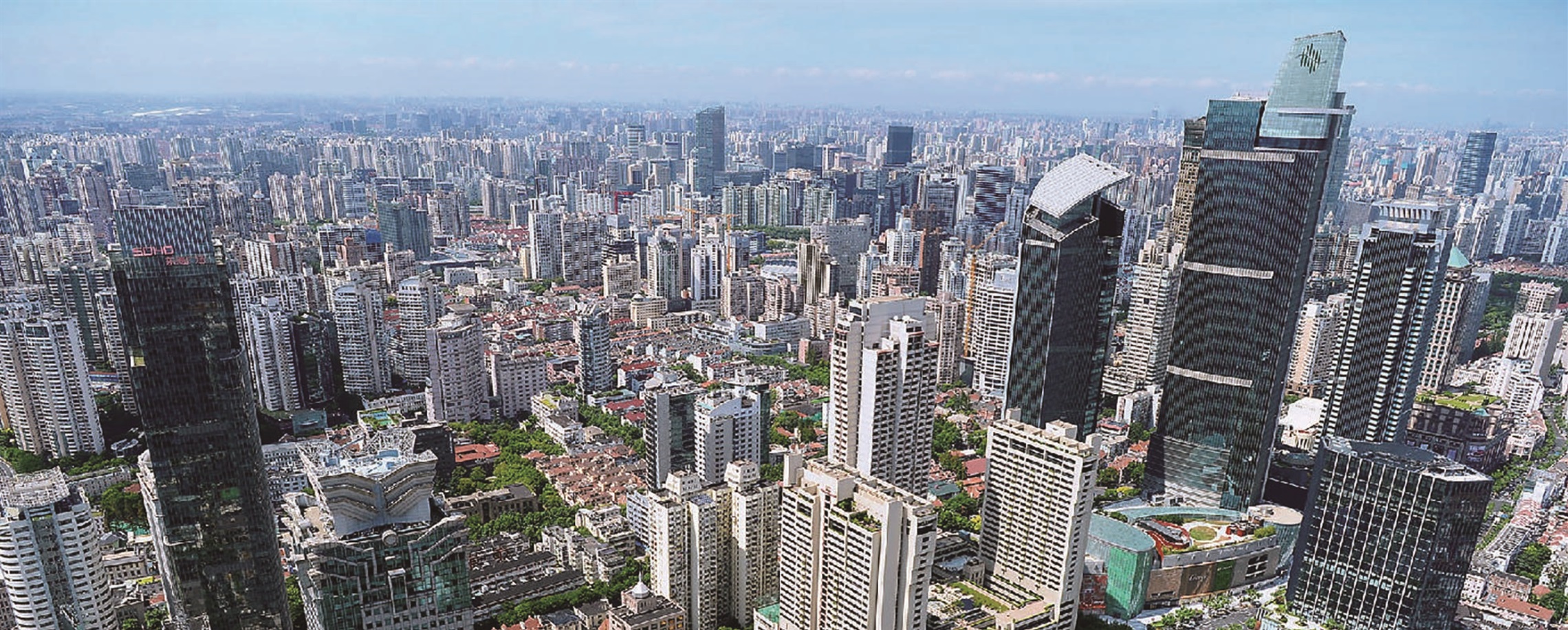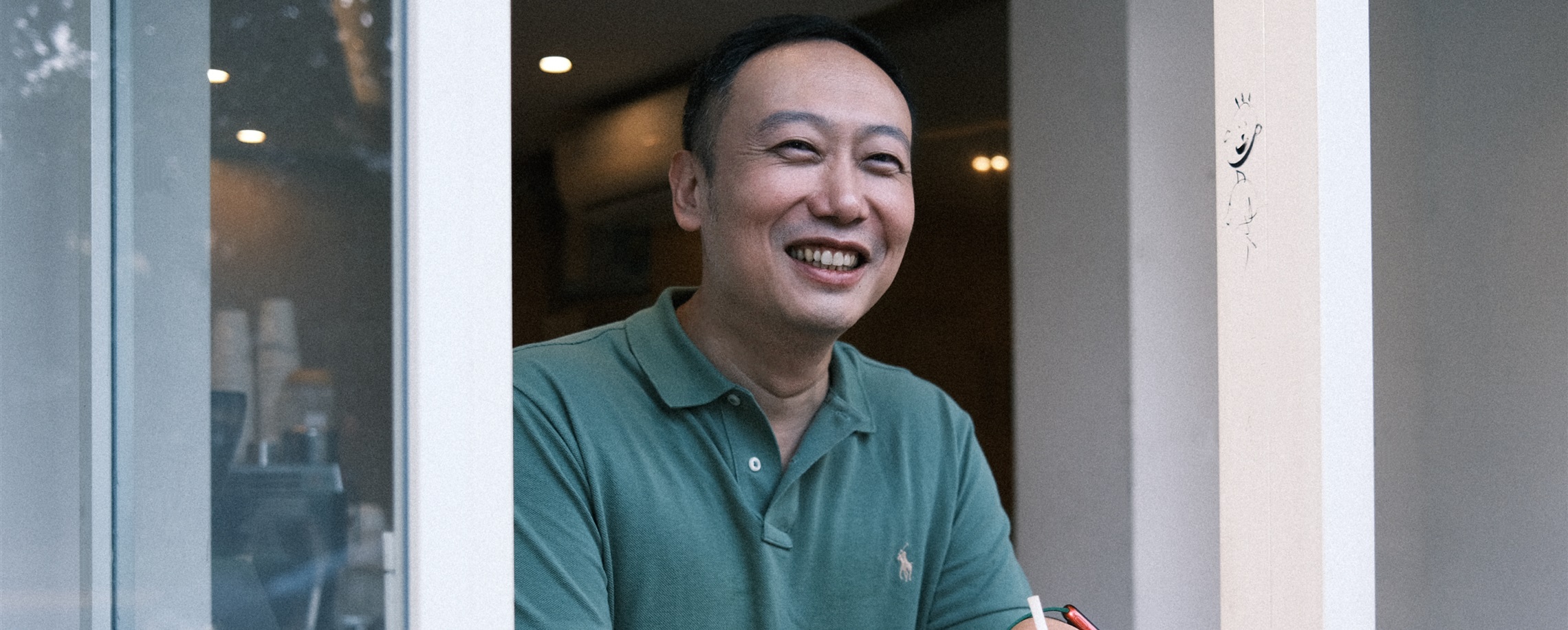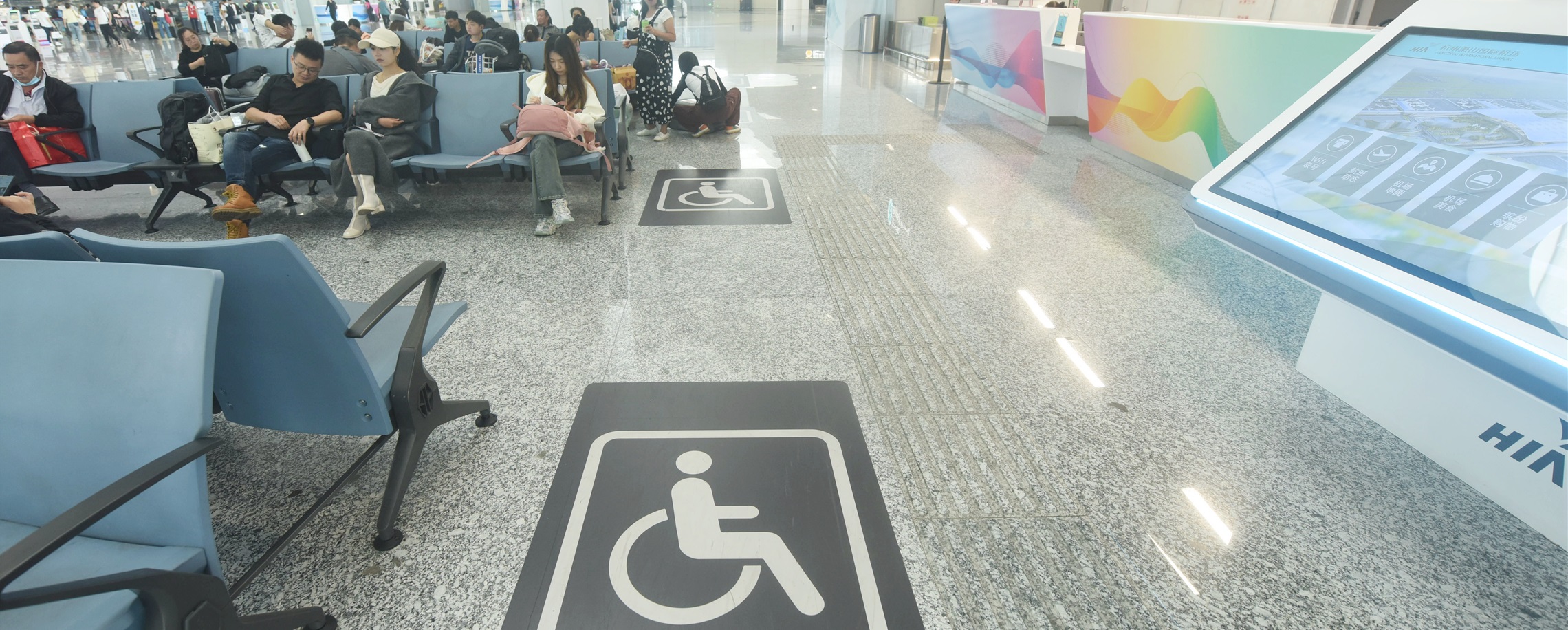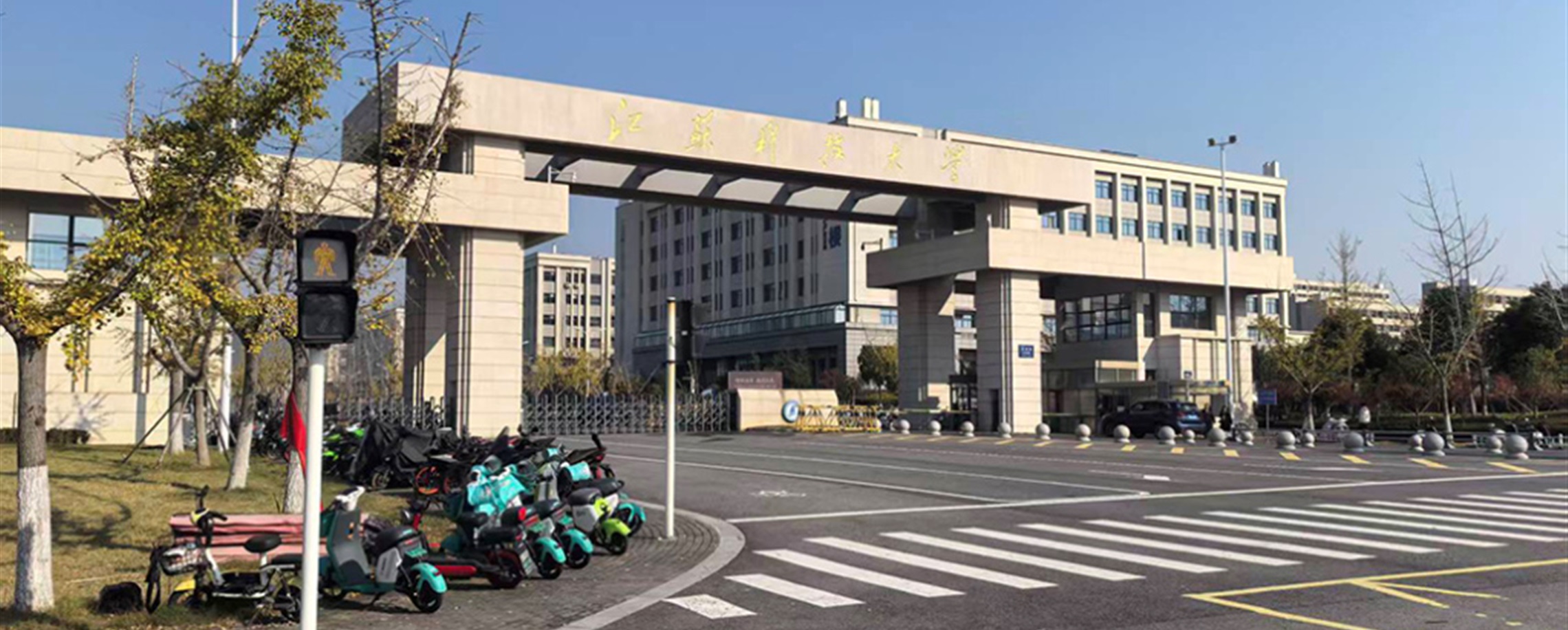From Art Deco to Skyscrapers: Shanghai's Hotels as a Chronicle
Shanghai is growing fast, yet its history is visible in its buildings. Hotels, from old art deco gems to modern glass towers, are like time capsules. Their façades, halls, and rooms show how culture, design, and social life have evolved over the decades.
This article focuses on a selection of hotels that illustrate the city’s architectural timeline, from past to present. Shanghai has many other historic and modern hotels, each with its own story, but these properties provide a clear view of how the city’s hospitality architecture has developed over time.
Art Deco on the Bund
Opened in 1929, Peace Hotel stands out as one of the Bund’s most iconic Art Deco landmarks. The hotel was commissioned by Victor Sassoon, who brought not just investment but a vision of modern Western style to its design.
The façade features clean geometric patterns, while the pyramid-shaped copper spire has weathered into a soft green patina, making it a distinctive part of the Bund skyline. Inside, the lobby still showcases stained glass, marble columns, carved wooden panels, and high plastered ceilings, capturing the elegance of 1930s Shanghai.
A unique feature is the balcony of one room, said to have belonged to Sassoon himself. According to legend, he would step out each morning to watch the river and the city waking up, a small detail that gives the space a tangible sense of history.
Visitor tips: Take time to explore the stained glass and chandeliers in the lobby, explore the carved wooden panels, enjoy jazz in the concert hall.
Address: 20 Nanjing Road East, Huangpu District, Shanghai
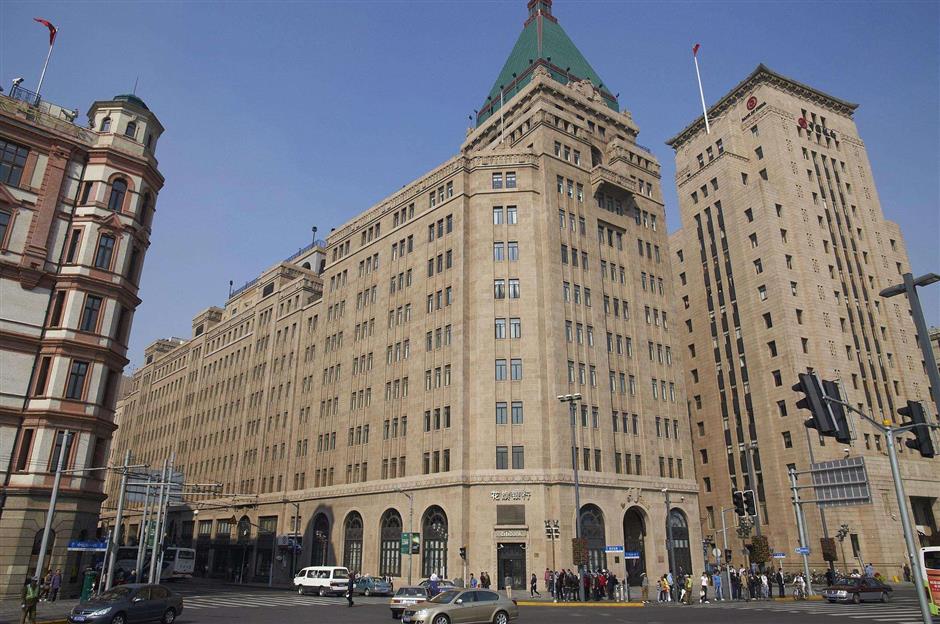
Historic Villas and Gardens
In the early decades of the 20th century, the streets around what is now the Shanghai Library were lined with villas belonging to the city’s wealthy families. These homes, set within gardens and quiet courtyards, reflected a blend of local craftsmanship and subtle Western influences, embodying both aesthetic taste and social status. Today, the Radisson Collection Hotel, Xing Guo Shanghai occupies several of these historic villas, preserving a fragment of Shanghai’s residential past amid the city’s modern expansion.
The villas’ architecture illustrates how design, proportion, and landscape were carefully balanced to create private yet elegant urban residences. Tree-lined streets and manicured gardens offered residents both beauty and seclusion, establishing a rhythm of life markedly different from the commercial districts nearby. Walking through the property, visitors can see façades, high ceilings, wooden beams, and period windows that speak to the stylistic choices and social aspirations of early 20th-century Shanghai.
The gardens and courtyards remain largely intact, demonstrating how open spaces were integrated into residential design to enhance both functionality and visual harmony. Together, buildings and landscape provide a tangible link to the city’s architectural and cultural history.
Visitor tips: Wander the garden and take a photo there, explore the villas, and notice how architecture and outdoor space were designed in harmony.
Address: 188 Xingguo Road, Huangpu District, Shanghai

Jin Jiang Hotel — Shanghai’s hub of diplomacy
Opened in 1951, Jin Jiang Hotel quickly became one of China’s first state-run hotels following the establishment of the People’s Republic. Its historic buildings, including Cathay Mansions (1929) and Grosvenor House (1934), were originally developed under the vision of Victor Sassoon and designed in bold Art Deco style by Palmer & Turner.
Over the decades, Jin Jiang has hosted more heads of state than any other hotel in Shanghai, welcoming over 500 leaders from more than 150 countries. Its most notable moment came in February 1972, when US President Richard Nixon stayed here. Meetings in the hotel’s Grand Hall contributed directly to the signing of the Shanghai Communiqué, a landmark in Sino-American relations.
The hotel’s design reflects its official role: grand lobbies and halls built to accommodate diplomatic gatherings while maintaining a sense of refined hospitality. Walking through the spaces, visitors encounter an atmosphere shaped by decades of international negotiation and state protocol.
Visitor tips: Explore the historic lobbies and reception halls, observe the art deco detailing, and imagine the discussions that have shaped international relations.
Address: 161 Maoming Road South, Huangpu District, Shanghai


Modern architecture
Modern history leads us to the financial center to explore skyscspers. Perched atop the Shanghai Tower, one of the tallest buildings in the world, J Hotel embodies the city’s leap into vertical living and modern architectural ambition. Unlike Shanghai’s historic hotels, which reflect the grandeur of the Bund or the elegance of garden villas, J Hotel tells a story of contemporary engineering, design, and panoramic perspectives.
Construction of Shanghai Tower began in 2008 and was completed in 2015. The tower was designed by the global architecture firm Gensler and reaches 632 meters, making it the tallest building in China and the second tallest in the world. J Hotel occupies the upper floors, transforming the vertical space into a luxury hospitality experience. The twisting glass façade reduces wind load while creating a striking silhouette on the city skyline.
Visitor tips: For those interested in engineering or architecture, observe how the building balances structural innovation with high-end hospitality design. Visit one of the restaurants to enjoy the panoramic view.
Address: 501 Yincheng Middle Road, Lujiazui, Pudong, Shanghai
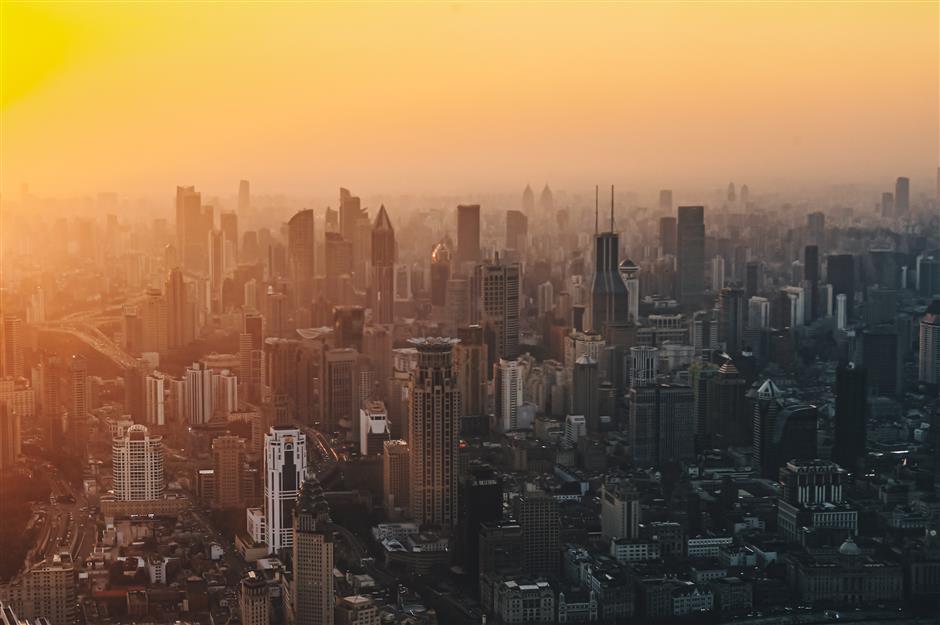
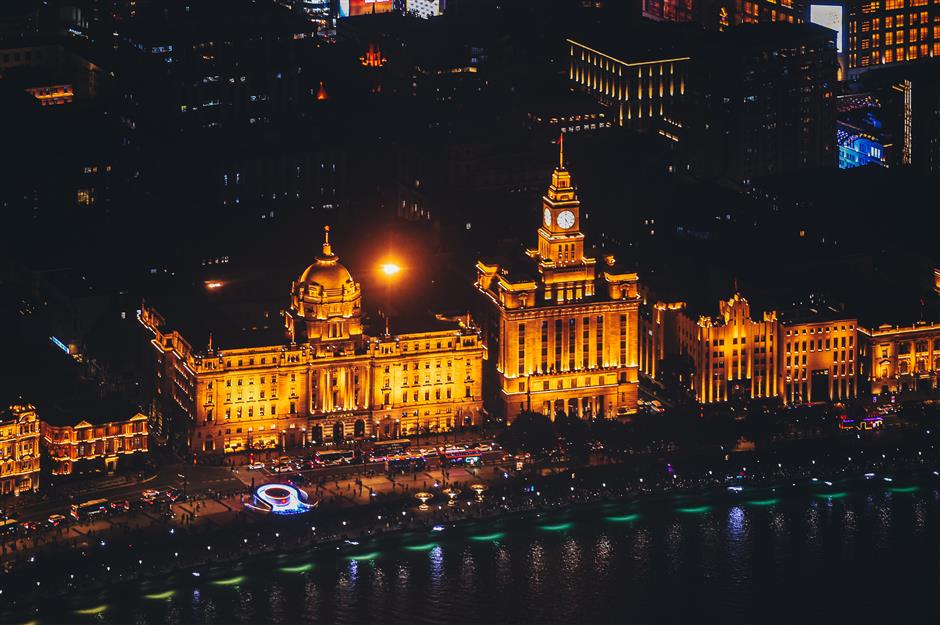
From the art deco Peace Hotel to the vertical luxury, Shanghai’s hotels trace the city’s history. Each reflects an era — its architecture, culture, and social shifts.
Walking through lobbies, gardens, and top-floor views, visitors can read the city’s story: the golden age of the Bund, diplomatic milestones, serene villa life, and modern skyscraper ambition. Hotels here are more than places to stay — they are living archives, where Shanghai’s past and present meet. Explore public spaces, observe design details, and imagine the stories these walls hold. Through its hotels, Shanghai’s history is visible to anyone willing to look.
In Case You Missed It...

